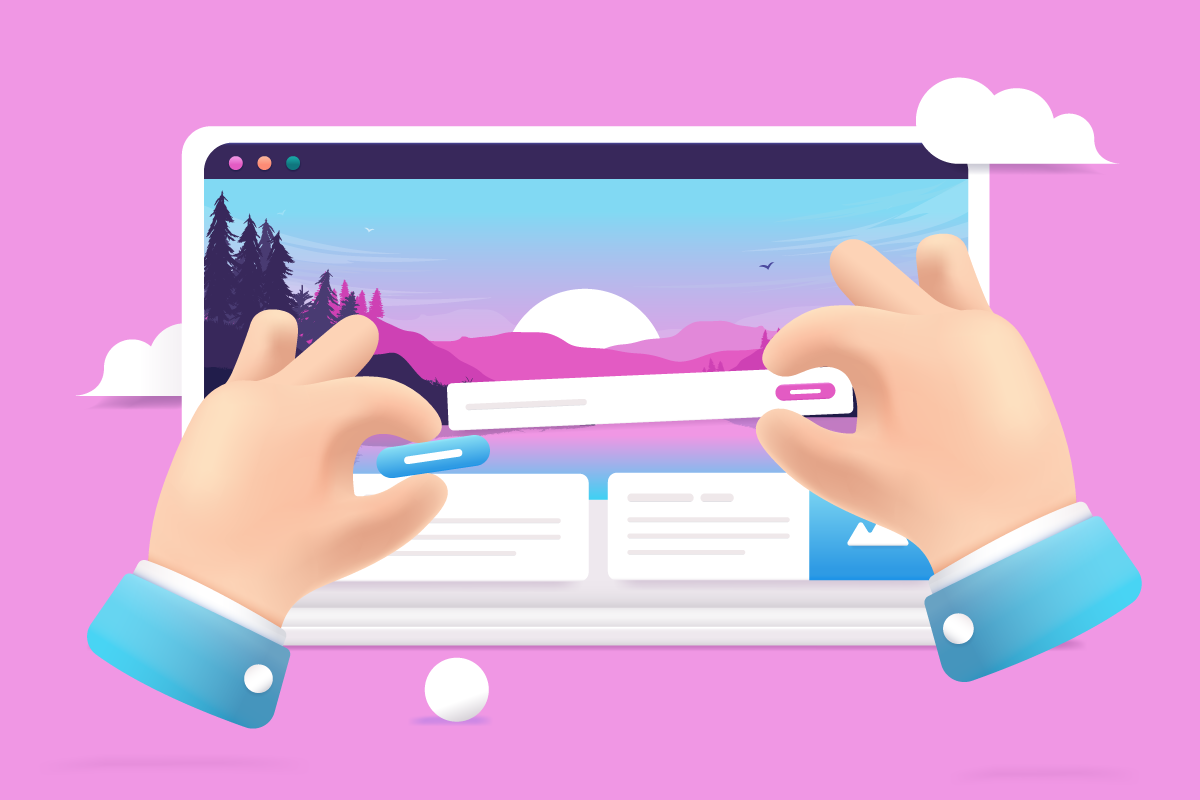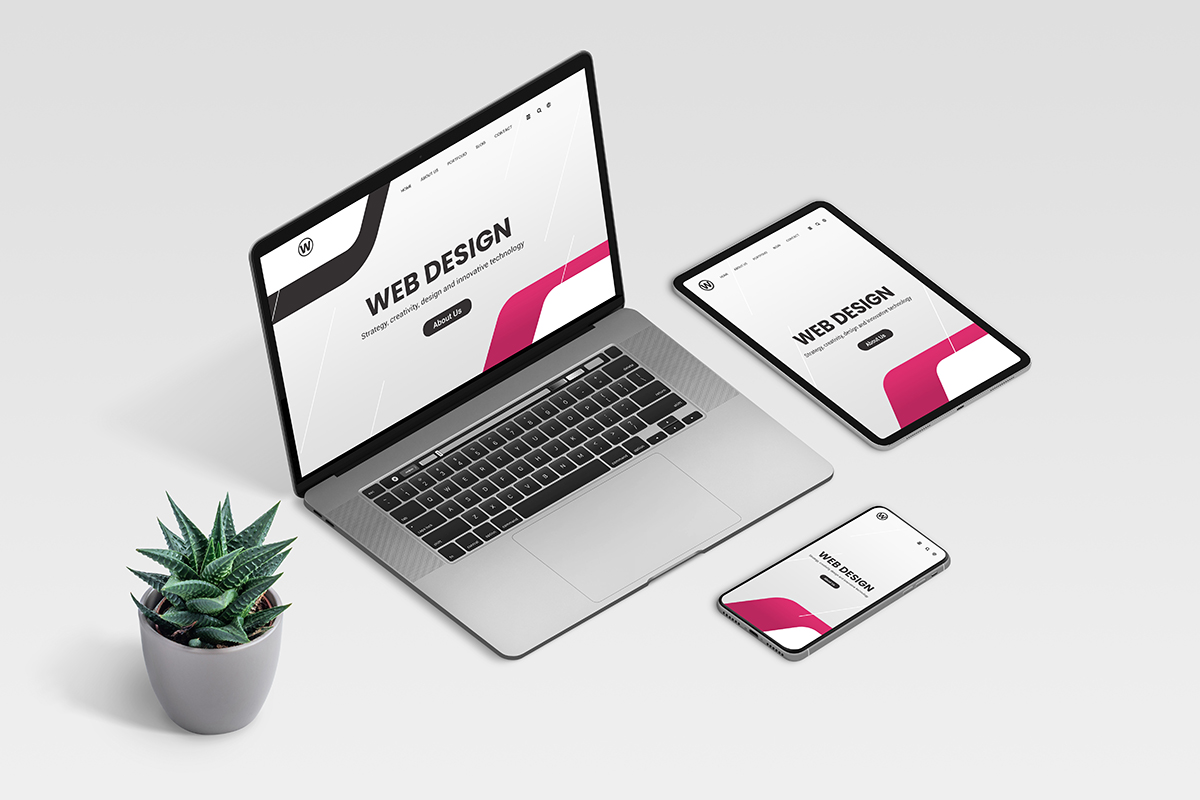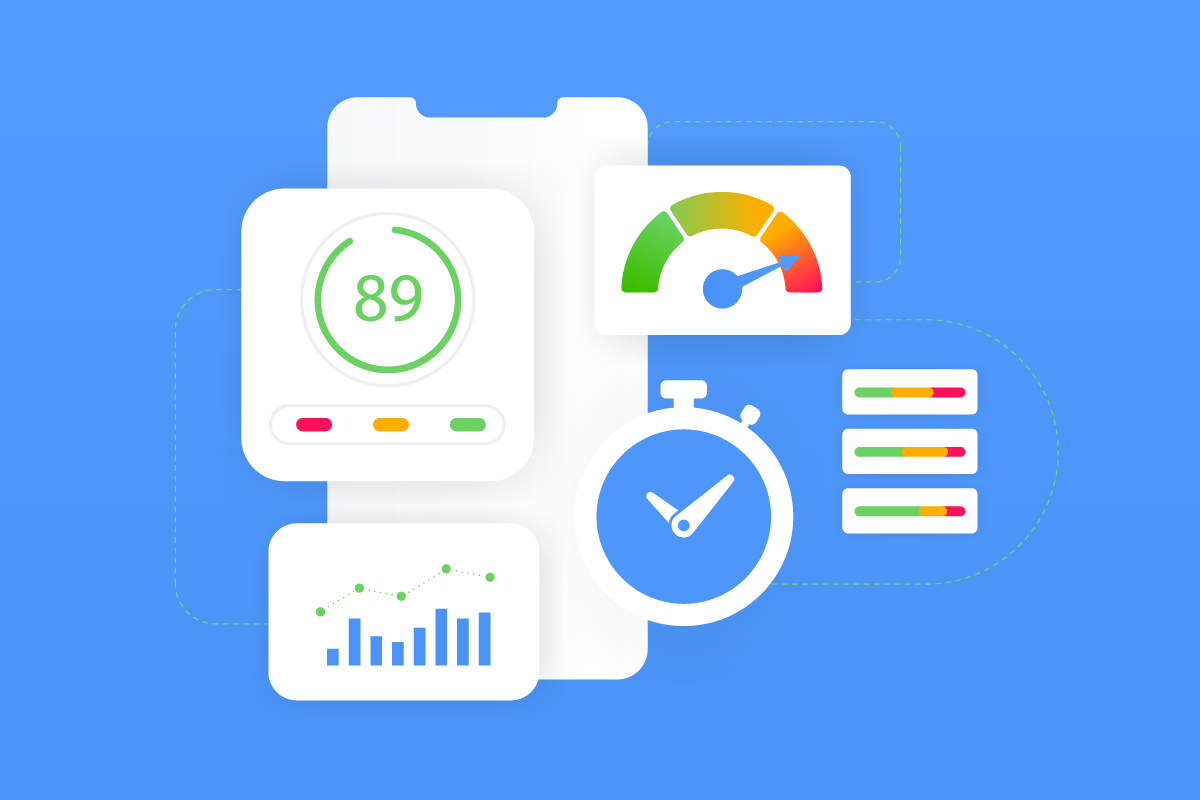
Web Design Techniques and Best Practices That Actually Work
Web Design Techniques and Best Practices That Actually Work
Let’s be real: Your website is your digital storefront. If it doesn’t grab visitors by the first click or takes forever to load, they’re gone—like sand slipping through your fingers.
With the right design strategies, you can turn your site into a digital powerhouse that attracts and retains visitors.
Ready? Let’s dive into five proven web design techniques you need to know.
1. Responsive Design: Because Nobody Loves Pinching and Zooming
Ever visited a website on your phone and found yourself zooming in and out just to read a sentence? Frustrating, right? That’s where responsive design comes in.
It ensures your website looks amazing and works seamlessly on every screen size, from a massive desktop monitor to a smartphone.
Why it matters:
- Over 60% of web traffic now comes from mobile devices.
- A mobile-friendly site is critical to keeping visitors engaged and driving sales.
How to do it:
- Use tools like Google’s Mobile-Friendly Test to check your site’s performance.
- Adopt a flexible grid layout and scalable images that adapt to screen sizes.

2. Accessibility: Good Design Includes Everyone (Yes, Everyone)
Here’s the deal: If your site isn’t accessible, you exclude potential customers and leave money on the table.
Accessible design means creating a site everyone can use, including people with disabilities.
Why it matters:
- Accessibility isn’t just ethical; it’s often required by law.
- It enhances your brand’s reputation and reaches a wider audience.
How to do it:
- Add alt text to images so screen readers can describe them to visually impaired users.
- Use readable fonts with a contrast ratio that meets WCAG standards.
- Include captions for videos and ensure keyboard navigation works flawlessly.
Pro Tip: Accessibility is an ongoing process. Regular audits will help you keep your site up to standard.

3. Speed: Every Second Counts (Literally)
Patience isn’t a virtue online. If your website takes more than three seconds to load, 53% of visitors will bounce.
Think about that. You could lose half your audience just because of a slow-loading page.
Why it matters:
- Speed directly affects conversion rates. The faster your site, the more likely people are to stay and take action.
- Google ranks fast websites higher in search results, giving you a competitive edge.
How to do it:
- Compress your images to reduce load times.
- Use tools like GTmetrix or PageSpeed Insights to identify performance issues.
- Minimize plugins and enable browser caching.
Pro Tip: A Content Delivery Network (CDN) can significantly boost your site’s loading speed by distributing content to servers closer to your users.

4. Content Strategy: Is The Secret Sauce to Hook Visitors
Pretty pictures and flashy animations are great, but they won’t keep people on your site. Clear, valuable, and engaging content is the secret sauce that keeps visitors.
Why it matters:
- Your content guides visitors, answers their questions, and convinces them to take action.
- Well-structured content improves SEO, helping your site rank higher.
How to do it:
- Create a content strategy based on your target audience’s needs and pain points.
- Use headlines and subheadings to break up text and make it scannable.
- Include strong calls-to-action (CTAs) like “Sign Up,” “Learn More,” or “Shop Now.”
Pro Tip: Keep your tone conversational and avoid jargon. Your goal is to build trust, not confuse your readers.

5. User Journey = Don’t Make Them Think
Your visitors aren’t here to solve puzzles. They want a seamless path from landing on your site to finding what they need. That’s where a well-planned user journey comes in.
Why it matters:
- A smooth journey keeps visitors engaged and reduces bounce rates.
- It increases the likelihood of conversions, whether it’s signing up for a newsletter or making a purchase.
How to do it:
- Use clear menus and navigation to make your site easy to explore.
- Place important information above the fold (the part of the page visible without scrolling).
- Add breadcrumbs and internal links to guide users logically through your site.
Pro Tip: Conduct usability testing to identify friction points and make improvements.

Why Guess When You Can Hire the Best?
Building a great website doesn’t happen by accident.
It takes strategy, skill, and a lot of know-how to create a site that’s not just pretty but also functional. But here’s the good news: you don’t have to figure it out alone.
At Mrkt360, we specialize in creating websites that deliver results. From lightning-fast loading times to mobile-friendly, accessible designs, we’ve got you covered.
Whether you’re looking for a complete redesign or a custom website design built from scratch, we’re the web design agency you can trust.
Ready to transform your online presence? Don’t wait—partner with the best web design company today, and let’s create something amazing together.
Get a free PDF Web Design Techniques and Best Practices That Actually Work

Sorry, the comment form is closed at this time.